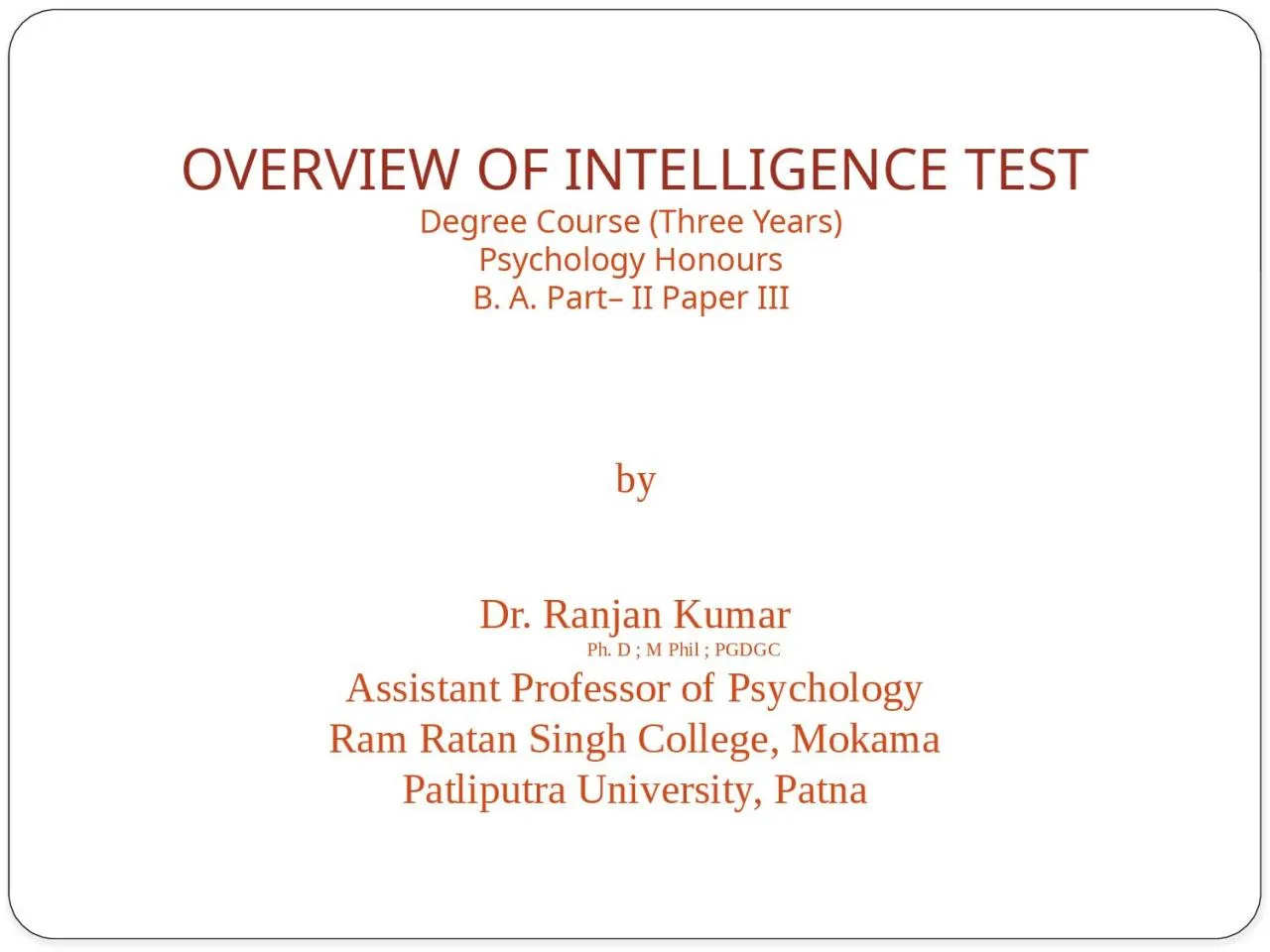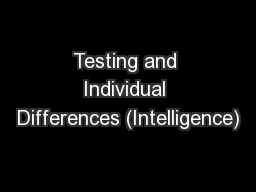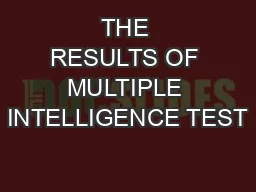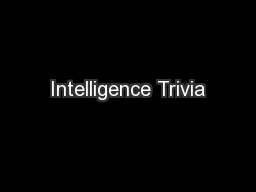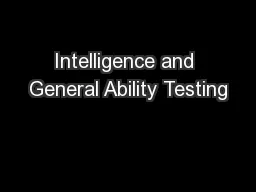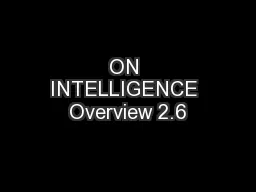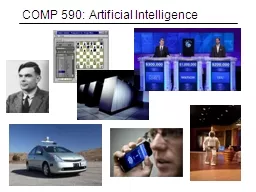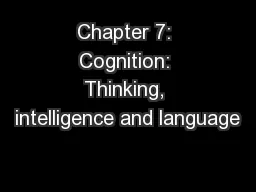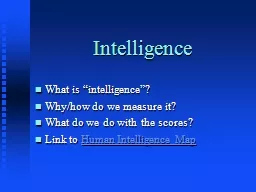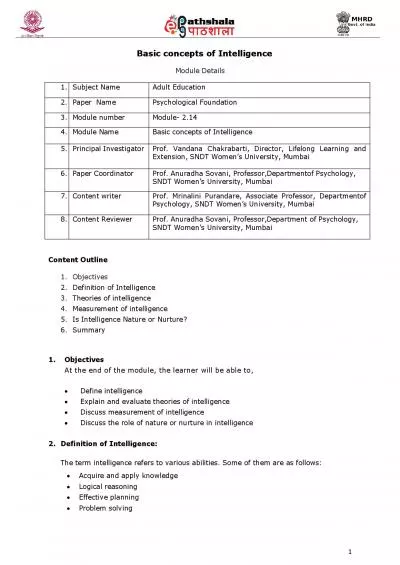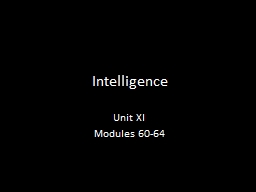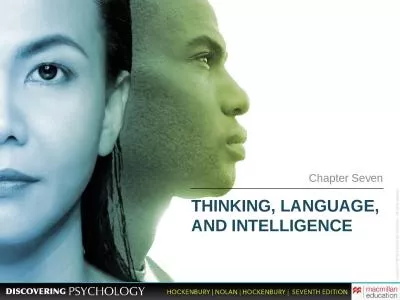PPT-OVERVIEW OF INTELLIGENCE TEST
Author : brown | Published Date : 2022-06-01
Degree Course Three Years Psychology Honours B A Part II Paper III by Dr Ranjan Kumar Ph D M Phil PGDGC Assistant Professor of Psychology Ram Ratan Singh
Presentation Embed Code
Download Presentation
Download Presentation The PPT/PDF document "OVERVIEW OF INTELLIGENCE TEST" is the property of its rightful owner. Permission is granted to download and print the materials on this website for personal, non-commercial use only, and to display it on your personal computer provided you do not modify the materials and that you retain all copyright notices contained in the materials. By downloading content from our website, you accept the terms of this agreement.
OVERVIEW OF INTELLIGENCE TEST: Transcript
Download Rules Of Document
"OVERVIEW OF INTELLIGENCE TEST"The content belongs to its owner. You may download and print it for personal use, without modification, and keep all copyright notices. By downloading, you agree to these terms.
Related Documents

